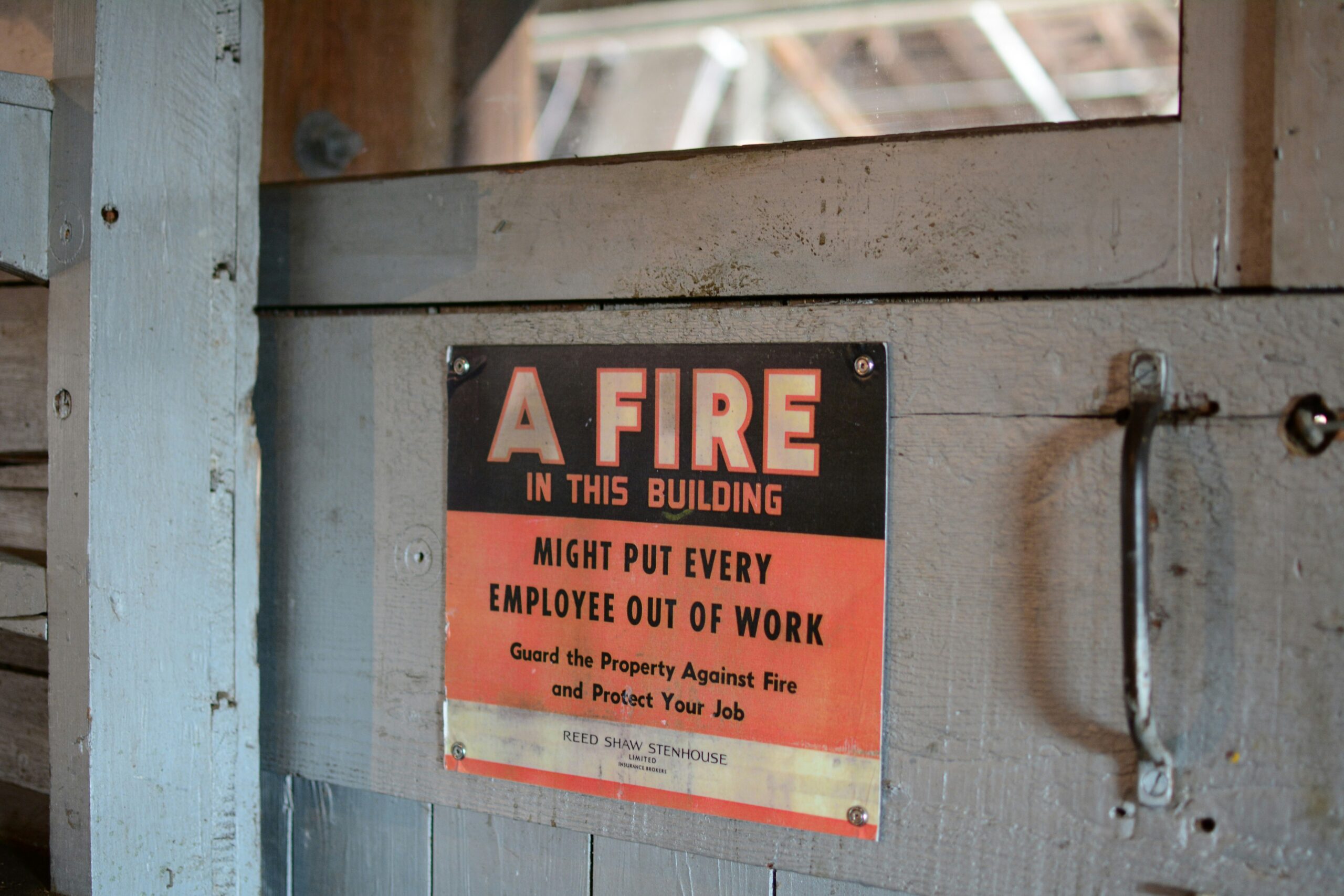How Small Brands Can Win Big with Storytelling (Even on a Tiny Budget)
July 13, 2025 | by qqvmedia.com

You don’t need a massive marketing team or a Super Bowl ad to make a big impression.
In fact, some of the most unforgettable brands are the small ones—the local coffee shop, the handmade soap business, the solo designer—because they know how to tell a story that feels real.
And in today’s world of polished perfection and corporate polish, real wins.
If you’re a startup, solo brand, or small team trying to stand out, storytelling isn’t just a nice touch—it’s your competitive advantage.
🥊 Why Small Brands Actually Have the Upper Hand
You might think: How can I compete with brands spending thousands on ads or influencers?
But here’s the twist: you don’t have to.
Big brands struggle to feel personal. Their stories often get diluted by legal teams, departments, and corporate filters.
You, on the other hand, can:
- Tell stories quickly
- Share raw behind-the-scenes moments
- Be vulnerable and honest
- Show real people behind the product
And that’s what builds trust.
People buy from people—not faceless corporations.
🧵 3 Types of Stories That Small Brands Should Be Telling
Let’s break down a few high-impact stories you can start using today:
1.
The Founder Story
Your origin story matters. How and why did you start? What did you struggle with? What do you believe in?
📌 Example:
“I launched my graphic design studio after getting laid off. I wanted to help small businesses stand out visually, the way I couldn’t when I was just starting out.”
Raw. Honest. Relatable. Gold.
2.
The Customer Journey
Highlight the transformation your product or service helped create. Not just what the customer bought—but how it changed something for them.
📌 Example:
“Sarah was burnt out from corporate life. She found our candle-making kit and turned her weekends into therapy. A year later, she launched her own side hustle.”
Now that sticks.
3.
The Everyday Moments
You don’t always need drama. Show the small, meaningful wins. The handwritten thank-you note. The moment you fixed a product flaw. The coffee-fueled late-night packaging session.
📌 Example:
“We stayed up past midnight getting our holiday orders packed, and realized this was our favorite part—knowing each box was headed to someone’s doorstep.”
That’s what makes your brand human.
📣 Where to Share Your Stories
You don’t need to make a movie. Just share snippets, consistently, across platforms you already use:
- Instagram & TikTok: Show behind-the-scenes footage, voiceover stories, or customer quotes.
- Email newsletters: Tell one short story per send.
- Website About Page: Rewrite it like a narrative, not a resume.
- Product pages: Add customer mini-stories to highlight value.
- In-person or print materials: Use packaging inserts or tags with a quick story about your brand.
🧠 Pro Tip: Don’t Sell the Product—Sell the Moment
Instead of saying:
“This planner has 200 pages and a durable binding.”
Say:
“This planner was designed for the 2 a.m. thinkers, the Sunday resetters, and the creatives who need structure and inspiration.”
See the difference?
You’re no longer selling paper.
You’re selling a lifestyle. A mindset. A feeling.
That’s what stories do.
Final Thought: The Heart Beats Louder Than the Budget
You don’t need to go viral.
You just need to be consistent, personal, and true to your journey.
Tell your story often. Tell it honestly. Tell it in your voice—not “marketing speak.”
Because in a marketplace full of noise, authenticity is your loudest megaphone.
RELATED POSTS
View all


